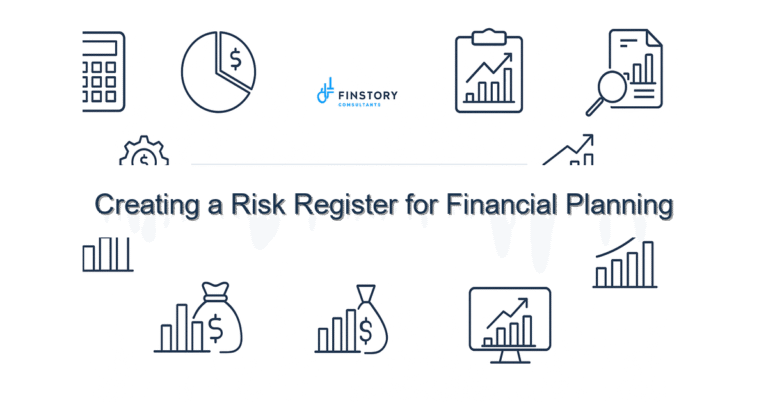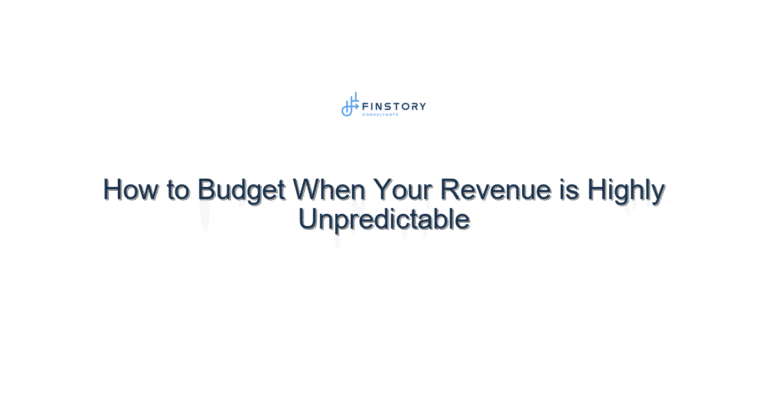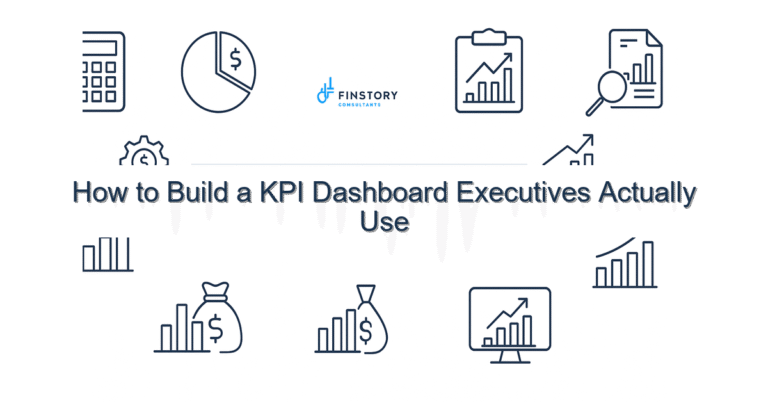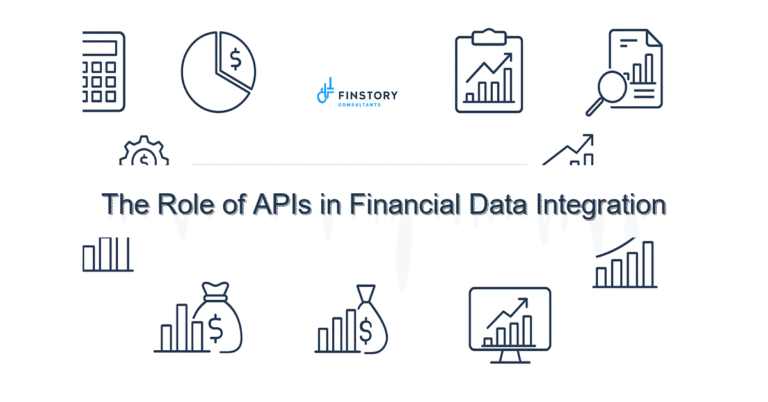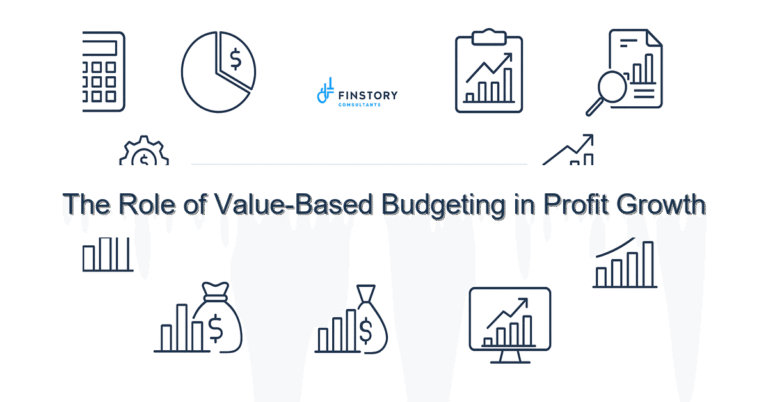From Idea to Insight: Building Financial Models for New Business Opportunities
You’ve got a new idea—maybe it’s launching a side product, opening a second location, or entering a new market.
The opportunity feels big, maybe even game-changing.
But here’s the question: Will it work on paper before it works in real life?
That’s where a financial model comes in. It helps you simulate how your new idea might perform before you spend a dollar. Done right, it turns excitement into clarity—and clarity into action.
What Is a Financial Model, Really?
Forget the 10-tab spreadsheets with wild formulas. At its core, a financial model is just a structured way to estimate:
- How much revenue the opportunity could generate
- What it will cost to make that happen
- When it might break even
- What happens in the best, worst, and middle-case scenarios
It’s a tool to ask “What if?” and answer it with data—not guesswork.
Two Stories: One Model, Two Outcomes
Example 1: The Pop-Up Cafe Expansion
A small coffee shop owner wanted to test a second location as a weekend-only pop-up in a nearby neighborhood. They built a basic model:
- Estimated daily foot traffic
- Average order size
- Fixed weekend costs (rent, staffing, supplies)
- Marketing spend
The model showed they’d break even by month 3 if they hit just 70% of projected foot traffic. Confident and prepared, they launched—and the model held up. Within 6 months, they turned the pop-up into a permanent location.
Example 2: The App That Wasn’t Ready
A founder dreamed of building a paid mobile app for their fitness community. Before hiring developers, they ran a financial model:
- Projected user adoption rates
- Conversion from free to paid
- Development + maintenance costs
- Customer acquisition cost (CAC)
The model revealed they’d need over 10,000 paying users in year one just to break even—far above their realistic reach. They pivoted to a partnership model instead and avoided a costly misstep.
How to Build a Simple Financial Model (Without a Finance Degree)
Here’s a lightweight structure anyone can start with:
1. Start with Your Revenue Drivers
What’s the primary way this idea makes money?
Break it into pieces: price x quantity.
Example: $20 average order x 50 sales/week x 4 weeks = $4,000/month.
2. List Your Costs
- Fixed: rent, salaries, software, licenses
- Variable: inventory, payment processing, hourly labor
Be realistic, not optimistic. Factor in unexpected expenses.
3. Estimate Your Timeline
When will you launch? How long until you generate revenue? When will you hit break-even?
4. Run Scenarios
What if revenue is 20% lower? What if expenses go 10% over?
Modeling best/worst/base cases helps you spot risks early.
5. Decide on a Go/No-Go Line
Is there a version of the model where this opportunity doesn’t work? What would you need to change to get it there?
Where a Virtual CFO Makes It Easier
Building a model is one thing. Knowing what assumptions are realistic—and which numbers actually matter—is another.
A Virtual CFO can help you pressure-test the logic, fill in missing pieces, and make sure your model reflects how your business really works. They can even help present it clearly to investors or partners if funding’s involved.
Final Thought: Models First, Moves Second
The best time to test your idea is before you commit real time, money, and energy. A simple financial model doesn’t guarantee success—but it can save you from avoidable failure.
Got an idea you’re excited about? Before you leap, build a map. Start simple, stay curious—and if you need a guide, we’re here to help.

